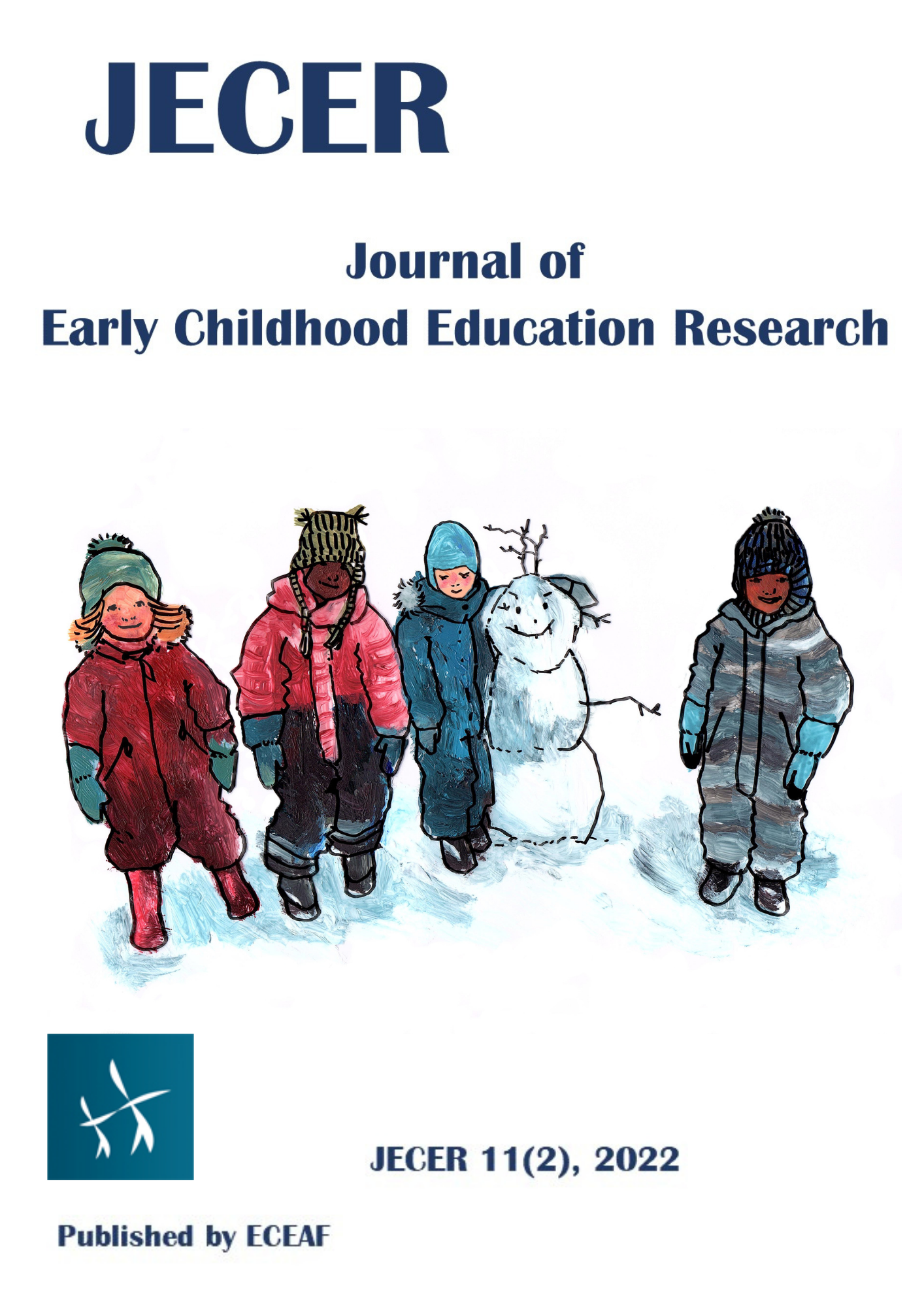Lapsen osallisuuden tilan muotoutuminen lapsen ja opettajan välisissä kohtaamisissa
Keywords:
small stories of everyday life, autoethnography, space of child participation, early childhood educationAbstract
This study explores what kinds of spaces of child participation are shaped in encounters between a child and a teacher in the everyday life of early childhood education and care (ECEC) settings. Theoretical and methodological tools for studying child participation were drawn from Löw´s theory of the constitution of space, autoethnography and narrativity. The research data consisted of the small stories based on the video material collected in ECEC settings and a research diary. For this article, encounters between a teacher and four children in the small stories were analysed. The study shows that the spaces of child participation were diverse and constantly reorganized and co-produced by children and adults in the relationships in ECEC settings. Encountering a child individually provided potential for a favorable space of child participation. When more children were present in the interaction situation, the encounter between the teacher and the different children became balancing and the space of some children´s participation narrowed. In addition, the teacher ignored both consciously and unconsciously the possibilities of the child participation as a space. In addition, children ignored the initiatives taken by the teacher. The autoethnography opens potential views for exploring a teacher’s role in creating the child participation as a space. The findings challenge ECEC staff to reflect on their own activities in the shaping of the child participation as a space.

